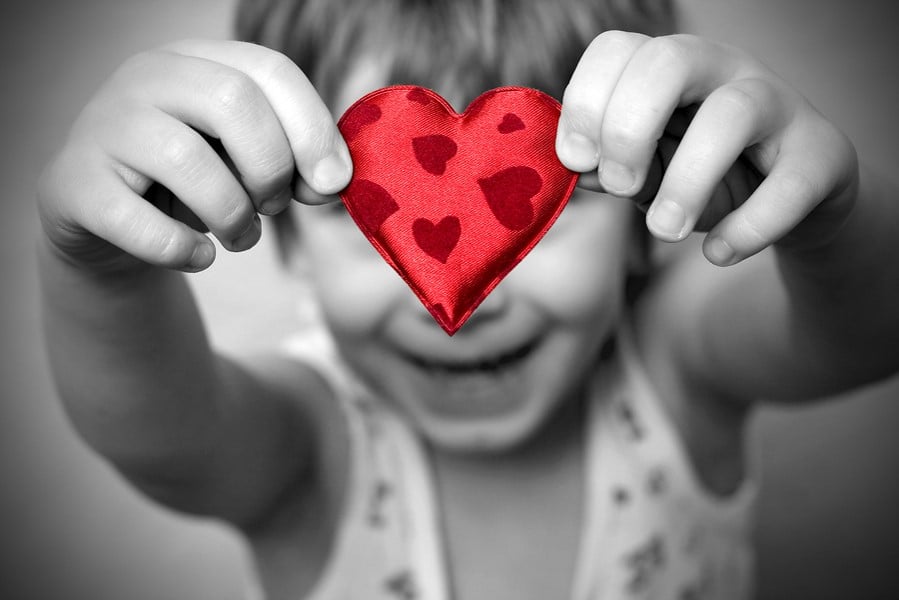
Children compete for a spot on their favorite sports teams but don’t make the “cut.” Some of them will skulk away, never to try again, while others will return the following year for another go at it after more self-imposed practice. A poor grade on a test will be devastating to some, yet it will be little more than advice to others to study harder for the next one. Why the differences in responses to these disappointments?
Similarly, why do some traumatized children have better outcomes after years of abuse than others treated just as cruelly? Why will some go on to professional careers, but others live lives in and out of correctional facilities? Maybe the answer has to do with resilience. Maybe that’s what everyone has to try to instill in children. Maybe that’s what determines who will bounce back and who will not.
From the Latin word “resilere,” resilience means “to spring back” or “to recover from misfortune.” Those children who are more resilient than others tend to be able to survive abuse and other adverse experiences and to tolerate more favorably the everyday stressors and strains that many children encounter each day. Research also tells us that resilient children are less likely to be depressed and helpless, more likely to be able to problem-solve with a variety of solutions to their issues, and better able to deal with disappointment and failure experiences.
Not all children have a large reservoir of resilience at their disposal. Genetics play a role, but that is beyond everyone’s control. What families and caregivers can control and support, however, are the other influences on its development. Research suggests that we can assist children in acquiring some of its interconnected core ingredients by teaching such things as:
- Emotional/impulse control – the ability to identify emotions and discuss them with others; “stop and think” strategies to enable them to do just that before reacting to a perceived provocation.
- Flexible thinking – the ability to come up with multiple explanations of the causes of the problems they encounter. (Was it an unfair test, or did I just not study enough for it? Did he bump into me on purpose, or was the school corridor really crowded so that there was a lot of accidental bumping going on?)
- Self-efficacy, the belief that they have the ability to accomplish a particular task – appreciating and promoting the effort that went into it rather than the end result only. (I may not get there, but I think I can.)
- Social skills – the ability to recognize the feelings of others and adjust to them, the basic components of empathy (I can see why he thought I was mad at him; maybe I should apologize.)
- Optimism – the way they think about their successes and failures; taking responsibility for their successes; avoiding self-blame for their failures
- “Grit” – the ability to tolerate failure and to persist with a task despite some setbacks along the way. (What could I have done differently?) It was the automotive giant Henry Ford who described failure as “simply the opportunity to begin again, this time more intelligently.” Can our children benefit from such an idea?
For some children, the stage is set for them to acquire these core ingredients more readily than others; their individual characteristics help. Those who have outgoing, positive dispositions tend to elicit responses from others which enhance their own sense of well-being. Families which encourage initiative and social connections with others also have more resilient children. Finally, when children have skills that are valued, they tend to experience greater levels of positive attention from the community at large, thus building their self-esteem and sense of self-efficacy.
However, abused children, those living in chronic poverty, and those growing up in households replete with conflict and parental mental health issues are the vulnerable ones, those most at risk for far more negative outcomes. They are the ones less able to bounce back from failure or disappointment.
They are the ones most worthy of our attention, the ones where prevention plays a key role. That is, how can we best intervene in the lives of these children and their families so that whatever dire circumstances face them do not overwhelm them to a point where they remain lost. When “the die is cast” for these vulnerable children, prevention is not necessarily about eradicating these conditions, but rather about providing children with those protective/resiliency factors which will bolster them against such things that they may not be able to control.
Joseph E. Colford, Ph.D.
NJ Licensed Psychologist
Professor Emeritus
Georgian Court University




